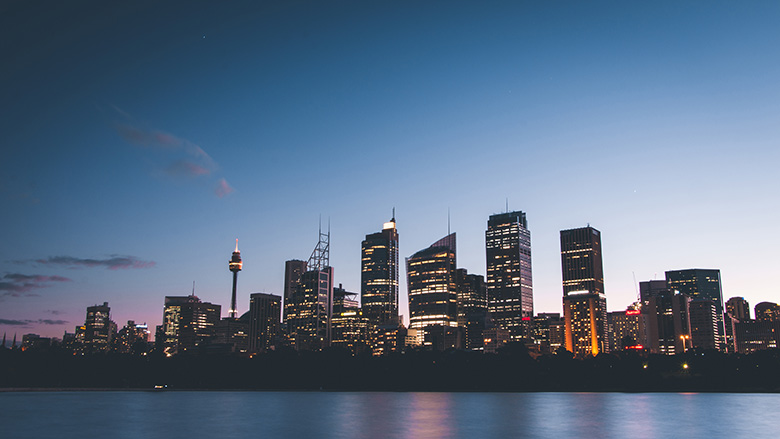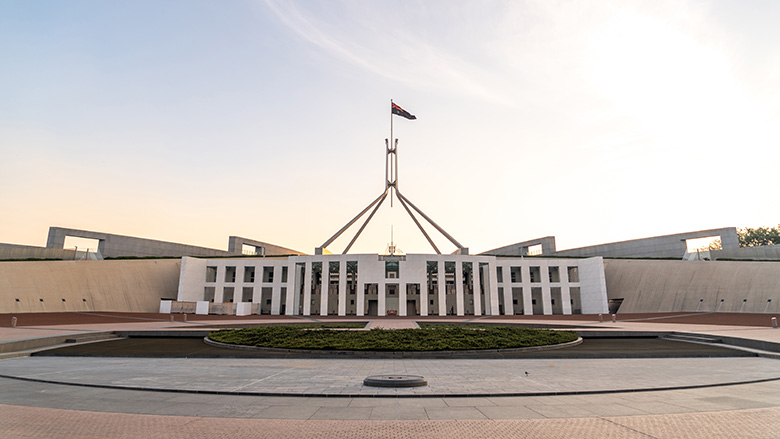In a preview released a week before the Treasurer, Josh Frydenberg hands down the Budget on Tuesday 29 March, Mr Aird says the signs of a far-stronger economy had already emerged in January when the monthly financial statement put the underlying cash balance at $13.2 billion better off relative to MYEFO.
This, he adds, was an “astonishing result” considering the January number came just two months after the mid-year update. Given that starting point and based on CBA’s estimates, Mr Aird and his team are expecting this will deliver the $40 billion improvement on the initial MYEFO forecasts. However, CBA believes the Treasury will opt for a more conservative estimate of $30 billion.
The Budget will be framed against competing economic and political priorities, among them the need to reduce government debt, meet additional longer-term expenditure commitments and tackle short-term cost of living pressures.
Improving revenues will provide greater flexibility to help do that with the Government targeting a Budget position that stabilises and then reduces gross debt as a share of the economy over the four year forecast horizon, says Mr Aird.
From a tax base perspective, as signified by nominal GDP growth, this is running well above expectations with nominal GDP forecast by CBA to rise by 9 per cent in 2021/22 compared to the MYEFO estimate of 6.5 per cent. This should translate to:
- A $30 billion boost to tax receipts in 2021/22 compared to MYEFO, although again the government will likely to take a more conservative approach with a $20 billion - $25 billion upgrade;
- A reduction in total expenditure of $10 billion relative to MYEFO;
- Around $10 billion to be set aside for extended policy announcements with the focus on alleviating cost-of-living pressures, infrastructure, education, digital transformation and energy;
- Net debt as a share of GDP to hit 31.4 per cent in 2022/23 although this is a full three percentage points lower than the 34.7 per cent forecast in MYEFO.
Debt has increased markedly as a result of the fiscal strategy adopted at the start of the pandemic to support employment and maintain growth, but with the worse impacts of COVID-19 now waning and the economy now firing on all cylinders, the Budget focus will now be on the normalisation of fiscal settings, says Mr Aird.
That said, net debt is still likely to rise, albeit modestly, given that there will be “no policy pivot to austerity”. Fiscal – or spending – consolidation will be gradual and measured, according to the Treasurer, which Mr Aird believes is the right approach “as it enables the Reserve Bank to take monetary policy from a highly accommodative stance to a more neutral one”.
With inflation on the rise, wages pressures emerging and a tight employment market, Mr Aird has been first among his peers to predict the RBA will end up raising the cash rate as early as June this year.
This is far in advance of the central bank’s own signals as recent as late 2021 that rates were unlikely to go up before 2024. The RBA has recently said that a rate rise in 2022 is ‘plausible’. Mr Aird has pencilled in rate increases to 1.0 per cent by the end of this calendar year with a further hike in the cash rate to 1.25 per cent in early 2023. The cash rate is then expected to be on hold over the remainder of 2023.



